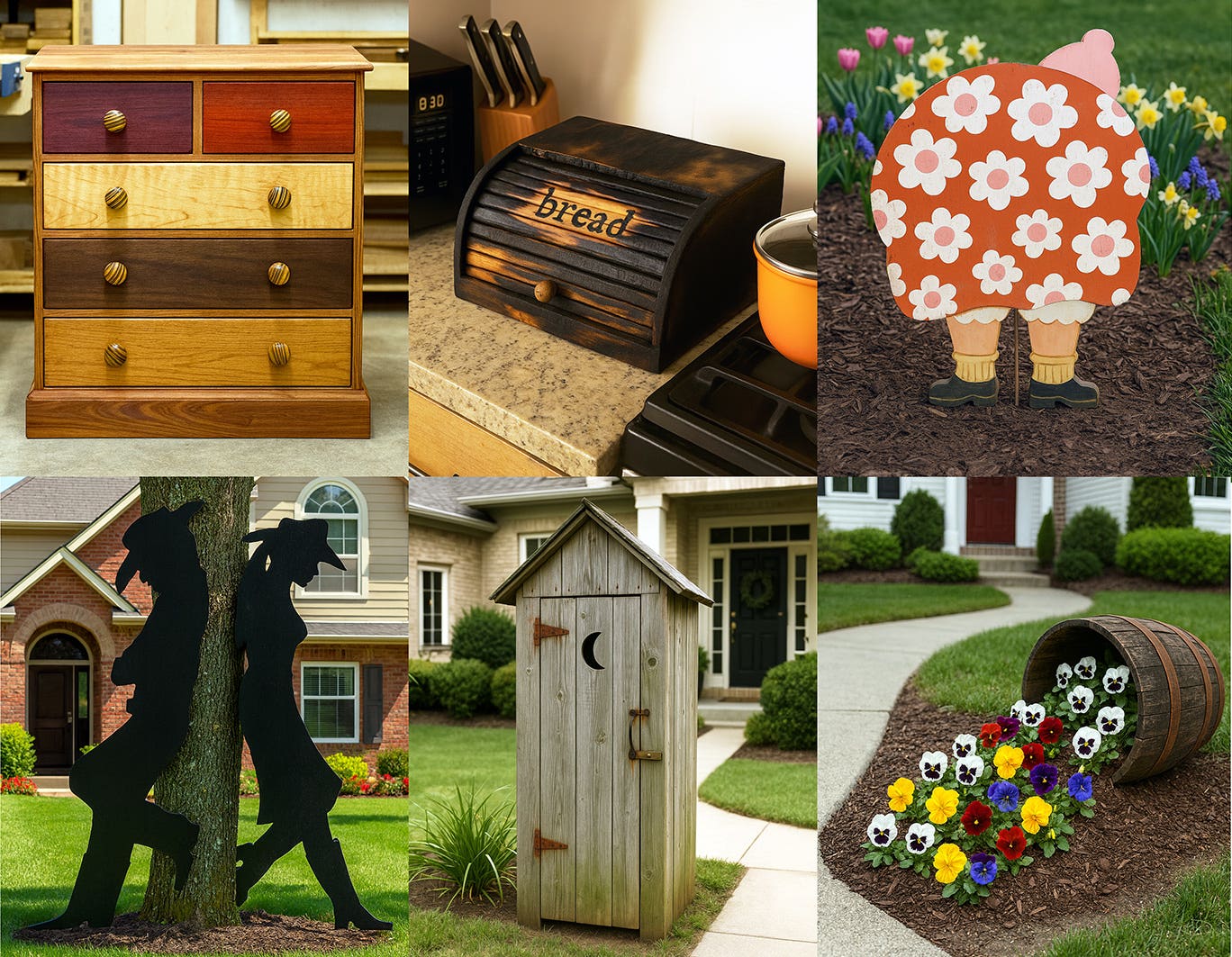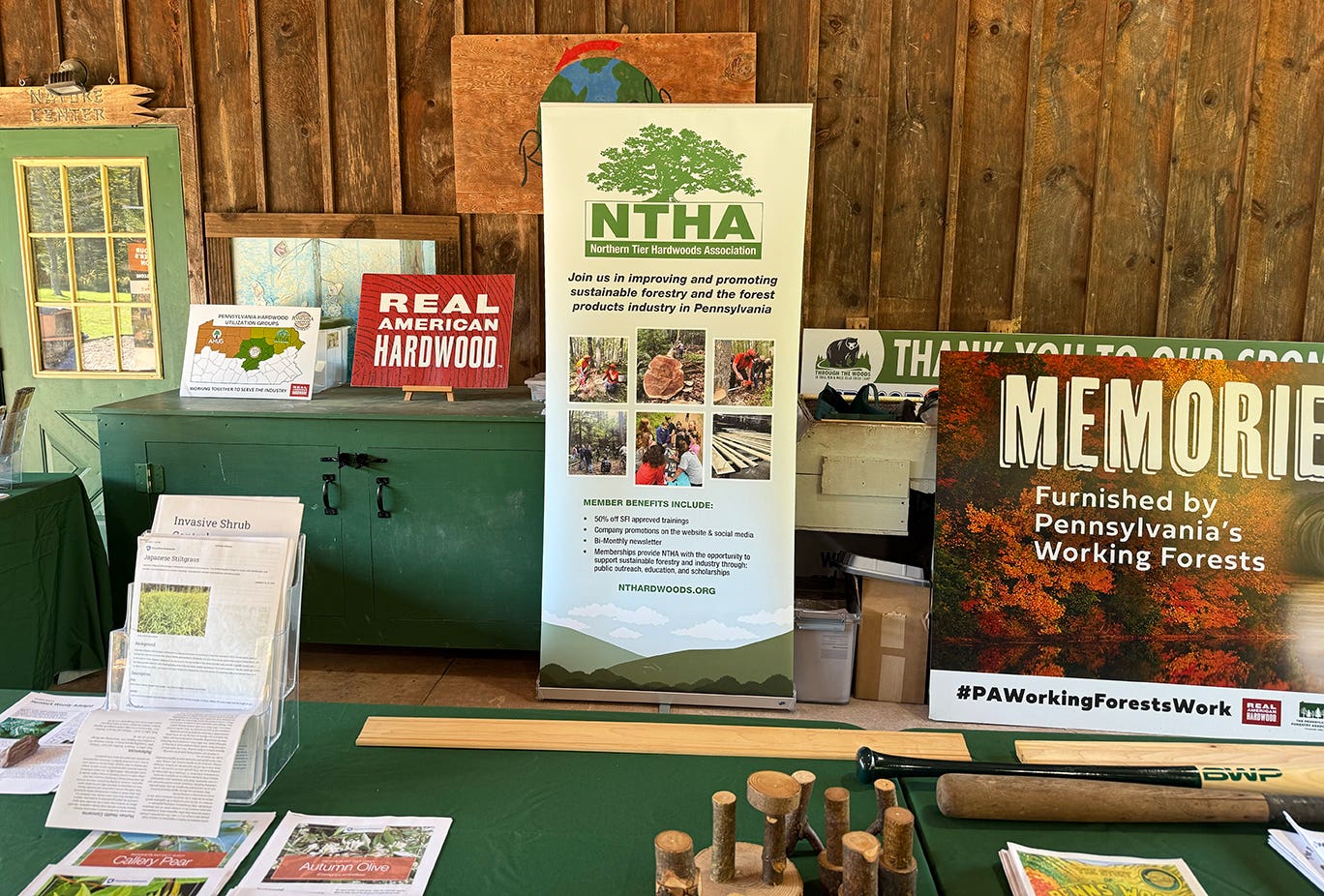They’re still bad
There’s good news and bad news about the spotted lanternfly.
There’s good news and bad news about the spotted lanternfly.
The spotted lanternfly continues to spread. It’s currently in 17 states, with predictions that two more states may be added by the end of the year. It’s still a threat and will continue to be, but the latest studies show that it’s not drawn to hardwoods as much as it is to other species.
For one thing, it seems to have a sweet tooth and is drawn to species with high sugar content. That includes all maples plus, to a lesser extent, birch, walnut, boxelder, sycamore and others. Furniture woods like oak, cherry and poplar might not be as badly threatened as originally thought.
Its absolute favorite is tree-of-heaven, and that’s more good news. Tree-of-heaven is another spreading invasive species from China, like the spotted lanternfly. It is considered a weed tree and good for nothing else, so that’s a silver lining.
But the bad news is that the lanternfly is still, well, bad. They will still happily snack on more than 70 plant species if they can’t find their favorite, with grapes being next on their list. Vineyards in the affected states are starting to take a hit.
It’s also “lanternfly season” – they mate in late summer when their numbers are highest, chow down for a solid month or two, and lay eggs in the fall. (Here in Pennsylvania, they lay eggs September through early December.)
The other bad news is that many people aren’t taking the threat as seriously as they should, especially if they don’t live in one of the impacted states. Plus, lanternflies tend to move around, leading some to think they’re disappearing. People keep hearing about them and about how awful they can be, but either aren’t seeing the pest itself or anything they’ve damaged. It’s like car alarms: The danged things go off so often we tend to ignore them when we hear them.
It’s probably OK to ignore a car alarm 95 percent of the time – those things seem to start blaring with no reason at the slightest breeze. It is not OK to ignore the warnings about the spotted lanternfly.
A.J. Hamler is the former editor of Woodshop News and Woodcraft Magazine. He's currently a freelance woodworking writer/editor, which is another way of stating self-employed. When he's not writing or in the shop, he enjoys science fiction, gourmet cooking and Civil War reenacting, but not at the same time.







